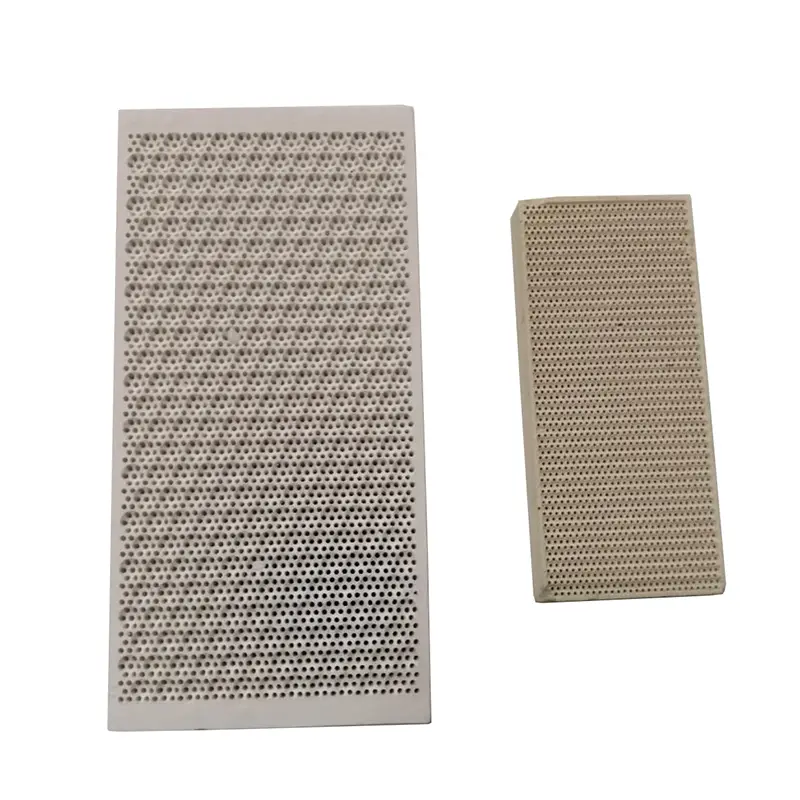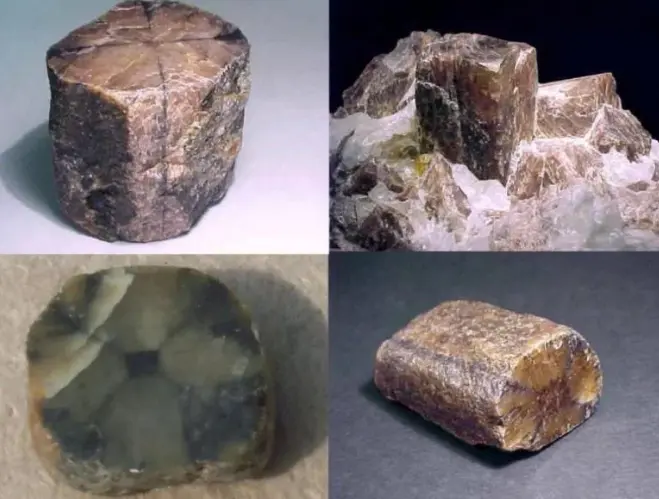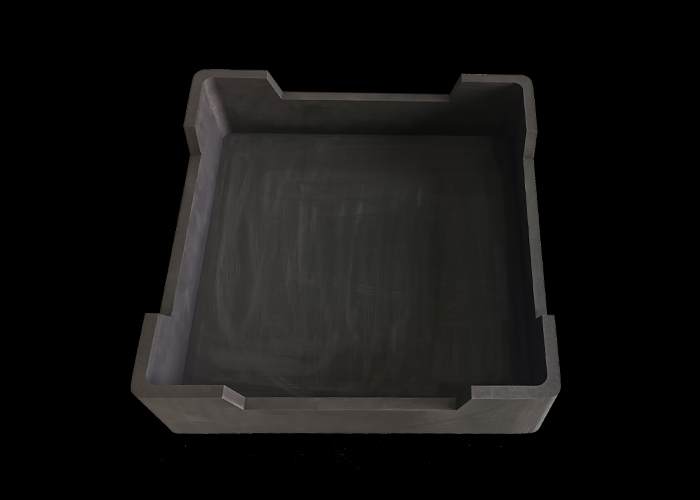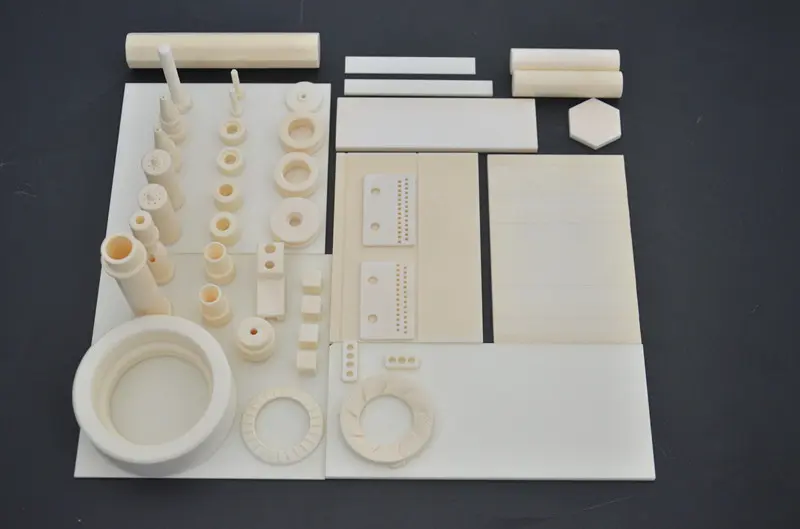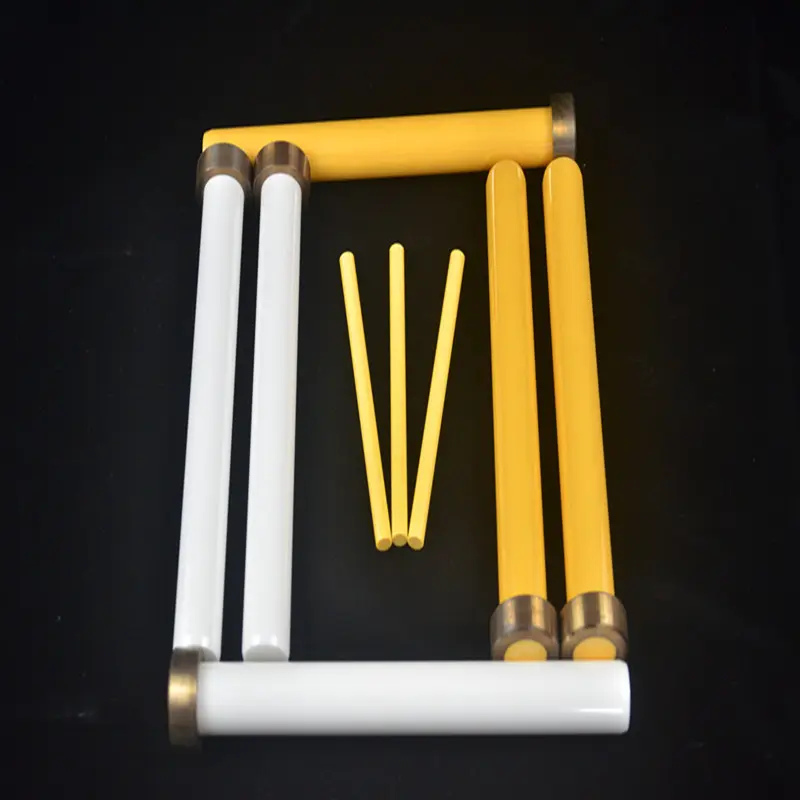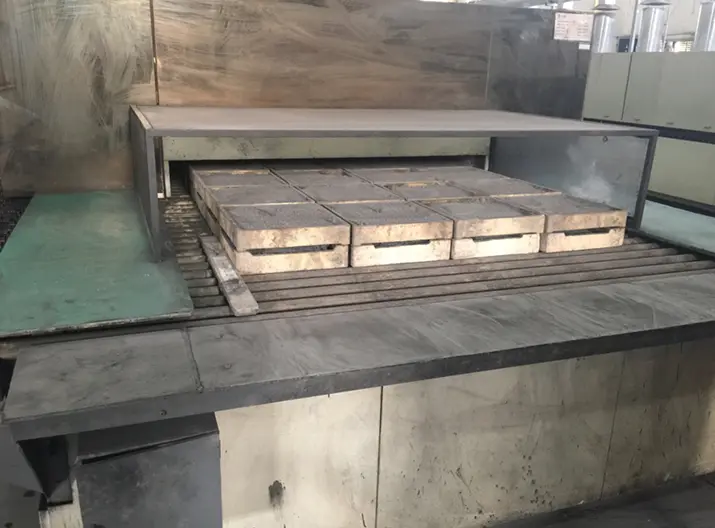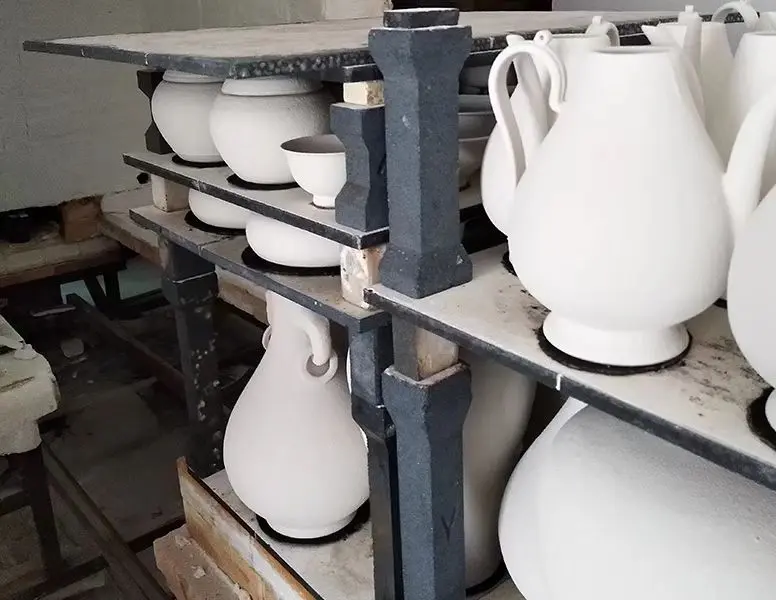Types of Industrial Ceramics and Their Applications
(1) Ordinary Ceramics
Ordinary ceramics refer to clay-based ceramics, which are made from a mixture of clay, feldspar, and quartz. Their properties depend on the purity, particle size, and ratio of these three raw materials. Generally, they are hard, corrosion-resistant, non-oxidizing, non-conductive, can withstand certain high temperatures, and have good formability.
In industry, ordinary ceramics are mainly used for electrical porcelain for insulation, chemical porcelain with high acid and alkali requirements, and structural parts with lower load-bearing requirements, such as insulators, corrosion-resistant containers, pipes, and decorative ceramics and tableware used in daily life.
(2) Alumina Ceramics
This type of ceramic is primarily composed of Al2O3 (with a mass fraction of Al2O3 greater than 45%). Based on the main crystalline phase in the ceramic body, it can be divided into corundum porcelain, corundum-mullite porcelain, and mullite porcelain; it can also be classified according to the mass fraction of Al2O3 into 75 porcelain, 95 porcelain, and 99 porcelain.
Alumina ceramics have a high melting point, high hardness, high strength, and good resistance to chemical corrosion and dielectric properties. However, they are brittle, have poor impact resistance, and low thermal shock resistance, making them unable to withstand drastic changes in environmental temperature. They can be used to manufacture furnace tubes, furnace linings, spark plugs for internal combustion engines, and are also suitable for producing high-hardness cutting tools, as well as being a good material for thermocouple insulating sleeves.
(3) Silicon Nitride Ceramics
Silicon nitride ceramics have self-lubricating properties, low friction coefficients, and good wear resistance. They also have stable chemical properties and a low thermal expansion coefficient, exhibiting excellent resistance to high-temperature variations, maintaining strength even at 1200°C.
The shock resistance of silicon nitride ceramics is unmatched by alumina ceramics or any other ceramic materials. They can be used to manufacture wear-resistant and corrosion-resistant pumps and valves, high-temperature bearings, rotor blades for gas turbines, and metal cutting tools, making them ideal materials for thermocouple sleeves used in measuring molten aluminum.
(4) Silicon Carbide Ceramics
The most notable feature of silicon carbide ceramics is their high-temperature strength, along with excellent thermal conductivity, wear resistance, corrosion resistance, and high creep resistance. They are often used as high-temperature sintered materials in defense, aerospace, and other technological fields, such as in the manufacture of rocket nozzle throats, pouring metal nozzles, thermocouple sleeves, and furnace tubes.
Due to their high thermal conductivity, they can also be used to manufacture turbine blades, bearings, and other high-temperature strength components, as well as materials for high-temperature heat exchangers and encapsulation materials for nuclear fuel.
(5) Boron Nitride Ceramics
Boron nitride ceramics come in two forms: hexagonal boron nitride and cubic boron nitride. Hexagonal boron nitride has good heat resistance, a thermal conductivity comparable to stainless steel, and good thermal stability, remaining an insulator at 200°C.
Hexagonal boron nitride also has low hardness and good self-lubricating properties, making it suitable for thermocouple sleeves, semiconductor heat dissipation insulating parts, high-temperature bearings, and forming molds for glass products.
Cubic boron nitride has a hardness similar to that of diamond and is an excellent wear-resistant material. It can be used to manufacture abrasives and metal cutting tools.


